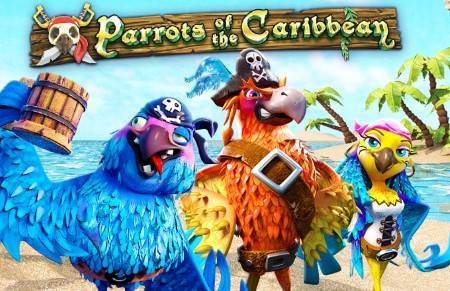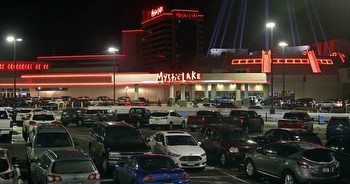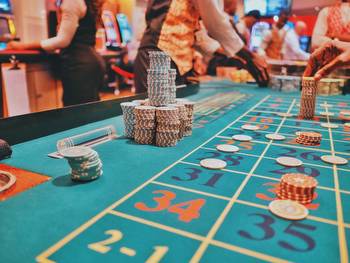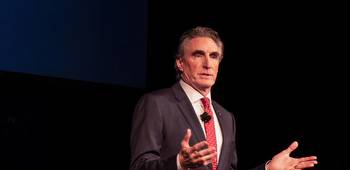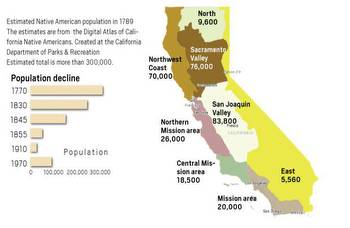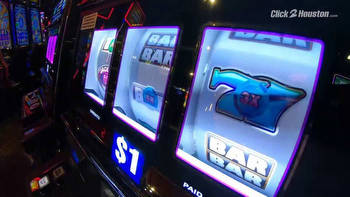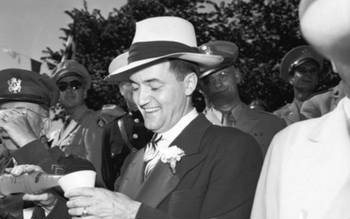How did gambling develop into a major industry in Minnesota?

Listen and subscribe to our podcast: Apple Podcasts| Spotify
Minnesotans hoping to gamble today have many options. They can visit a Native American casino, buy scratch-off games at a gas station, yank open pull-tabs at a bar or even play bingo at a church fish fry.
But this is a fairly recent phenomenon. Minnesota's founders took a hard line against gambling, and the activity remained largely illegal in the state until a half century ago.
What happened? That's what reader Rob Kloehn asked Curious Minnesota, the Star Tribune's reader-powered reporting project. He got interested partly because of recent talk of legalizing sports betting in the state.
"Overall, it seems like we have very strict gambling laws [governing] where we can play," Kloehn said.
History shows that even strict prohibitions couldn't stop people from gambling — and the regulations ultimately eased to reflect that. A Minnesota tax case also helped lay the groundwork for Indian casinos across the country, by giving more autonomy to tribes.
State shifts its approach to gambling
Minnesota enshrined a prohibition against lotteries in its Constitution when it first became a state in 1858, which led to laws barring all gambling. At the time, there were strong religious values held by Protestant immigrants, who believed it promoted idleness and corruption, said Bill Convery, director of research at the Minnesota Historical Society.
But the activity thrived nonetheless.
"You can never get rid of gambling, and it was difficult to enforce at the time," Convery said. "It was widespread in the colonies before Minnesota became a state."
The shadowy industry was littered with fraudulent activity, corruption and unfair games. Lottery winners would go unpaid while their winnings were pocketed by the operator or a crony, Convery said.
In the 20th century, government officials busted gambling rings and sometimes even invited newspaper photographers to watch them destroy slot machines and other gambling paraphernalia.
Sentiments toward gambling gradually changed, however. Minnesota legalized bingo in 1945, but only if the proceeds went to a charitable organization. The thought was that maybe this vice could benefit a good cause.
"After the Second World War, people needed to relax," Convery said. "Minnesotans ... were ready to loosen their ties a bit."
But change was slow. It wasn't until the late 1970s that the state legalized paddlewheels, tip boards, raffles and pull-tabs as other forms of charitable gambling.
Tax case paves the way for casinos
A major tax case in Minnesota is credited for paving the way nationally for casino gambling on Native American reservations. Today, there are 18 casinos peppered across the state.
The case was filed in the early 1970s by Helen and Russell Bryan, members of the Leech Lake Band of Ojibwe. Helen was a cash-strapped mother of five living in a mobile home, and Russell was unemployed. Itasca County had sent them a tax bill for $147, far more than their mortgage payments.
"I was desperate," she said in a 2008 article in the Minnesota Law Review, written by Kevin Washburn. "I couldn't figure out how we would pay the taxes, and that would be every year."
Represented by the Leech Lake Reservation Legal Services Office, Helen and Russell Bryan took Itasca County to court. Their attorney took an aggressive position that the state could not assess personal property tax on Native Americans living on Native land, according to the article.
The case went to the U.S. Supreme Court, which ruled in 1976 that the state did not have civil authority over reservations. The ruling gave tribes more autonomy over activity on reservations.
"That was really a huge pro-tribal Supreme Court decision," said Cody Nelson, executive director of Anishinabe Legal Services, which has offices on several northern Minnesota reservations. "Flash forward about 10 years, tribal economic initiatives were being developed and casinos started popping up."
Gambling on reservations was still disputed by some state governments, which saw it as criminal activity, Nelson said. That changed when the Supreme Court ruled in 1987 that states could not interfere with gaming operations on reservations. That decision, California v. Cabazon Band of Mission Indians, cited the Bryan ruling's conclusion that states could not regulate civil matters on tribal land.
This was followed by the Indian Gaming Regulatory Act, passed by Congress in 1988, which affirmed the legal basis for gaming on tribal land. That authorized tribal-state compacts for casino-style gambling.
The resulting casinos sent billions of dollars into Native communities.
"If economic impact is a useful measure of importance, Bryan may be the most important victory for American Indian tribes in the U.S. Supreme Court in the latter half of the twentieth century," according to Washburn's article. "Indian gaming is simply the most successful economic venture ever to occur consistently across a wide range of American Indian reservations."
The next frontier: Sports betting
Casinos weren't the only new forms of gambling in the 1980s. In 1983, Minnesota legalized betting on horse racing. And in 1988, voters approved a constitutional amendment to legalize the state lottery.
The latest frontier in gambling regulation has to do with sports betting. The U.S. Supreme Court ruled in 2018 that a 1992 federal law regulating sports betting was unconstitutional, which sent states rushing to legalize the activity. Minnesota is now one of 12 states where sports betting remains illegal — with the exception of wagers on horse racing.
Legislation to legalize sports betting failed at the Minnesota Legislature last year. Lawmakers continue to debate it during this session.
The primary debate is over who would control sports gambling in the state, and how revenue would be split between tribes and Minnesota's two horse tracks — Canterbury Park in Shakopee and Running Aces in Columbus.
A major industry
Today, gambling is a multibillion-dollar business in Minnesota.
The Minnesota Lottery saw record sales of more than $787 million in 2023. That resulted in nearly $200 million in state revenue, about 40% of which went to the Environment and Natural Resources Trust Fund, according to Adam Prock, executive director of the lottery.
Nearly 100 casinos spread across Minnesota, Michigan, Wisconsin, Iowa and Indiana generated $5 billion in revenue in 2022, according to the National Indian Gaming Commission, which does not post state-specific figures.
Charitable gambling generated about $4.5 billion in revenue in 2023, most of which was paid out in prizes. Charitable organizations raised $157 million for their missions and paid $193 million in state taxes.
"A lot of it goes to honoring military service, scholarships, youth sports activities — a myriad of things," said Christopher Mau, compliance supervisor at the Gambling Control Board, referring to the charitable organizations. "It can go towards environmental things, improve buildings; you can use it to help natural disaster relief efforts and to help the homeless."
Most charitable gambling revenue comes from pull-tab sales, about half of which are electronic. Steve Pedersen, regulation manager at the Gambling Control Board, said pull-tabs are popular because they are a social activity.
"Minnesotans in general like to gamble," Pedersen said. "It's been part of the culture for a long time."
If you or someone you know has a gambling problem, the Minnesota Department of Human Resources offers treatment programs. Call 800-333-HOPE or visit GetGamblingHelp.com.







